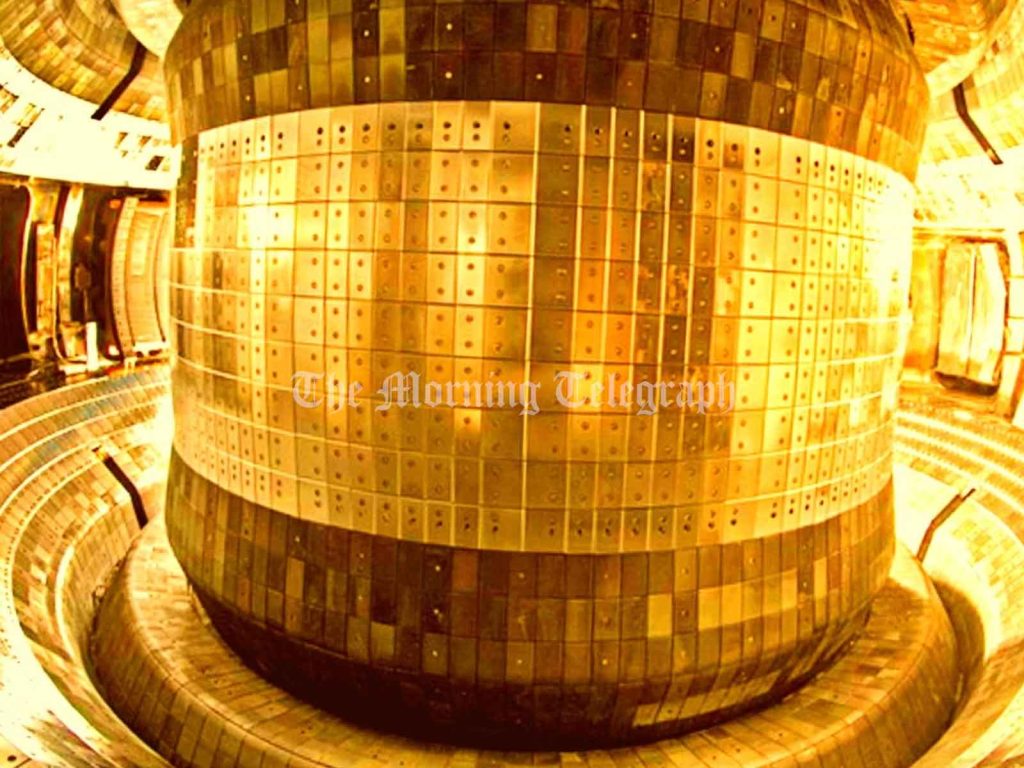
Beijing, China – [8th of July] In a groundbreaking development, China’s “artificial sun,” the Experimental Advanced Superconducting Tokamak (EAST), has successfully generated a significant magnetic field, marking a pivotal step forward in the quest for sustainable nuclear fusion energy. This achievement not only showcases China’s advancing capabilities in fusion technology but also heralds a new era in energy research with potential global implications.
The EAST project, located at the Hefei Institutes of Physical Science under the Chinese Academy of Sciences, is a cutting-edge research initiative aimed at developing a stable and continuous source of fusion energy. Often referred to as an “artificial sun,” the tokamak device seeks to replicate the nuclear fusion processes that occur in the sun, where hydrogen nuclei merge to form helium, releasing vast amounts of energy.
The recent milestone involves EAST’s ability to generate a powerful magnetic field, which is crucial for confining the extremely hot plasma required for nuclear fusion. This magnetic field is essential to sustain the high temperatures—exceeding 150 million degrees Celsius—necessary for fusion reactions. The successful generation of this magnetic field indicates substantial progress towards achieving a controlled and sustained fusion reaction.
The achievement of generating a strong magnetic field within EAST is a significant leap towards practical fusion energy. Fusion, the process that powers the sun, promises a nearly limitless and clean energy source, as it produces minimal nuclear waste and relies on abundant fuel sources, such as isotopes of hydrogen.
China’s advancements in fusion technology place it at the forefront of global efforts to harness fusion energy. This development not only underscores China’s commitment to innovation in energy research but also contributes to the broader international scientific community’s understanding of fusion processes. Collaborative efforts and knowledge sharing are expected to accelerate progress towards practical fusion energy solutions.
Despite this significant achievement, several challenges remain before fusion energy can become a practical reality. Maintaining the necessary conditions for sustained fusion reactions, ensuring the structural integrity of the tokamak under extreme conditions, and developing cost-effective solutions are critical hurdles that researchers must overcome.
The success of EAST in generating a magnetic field offers hope for the future of fusion energy. Continued research and development, supported by international collaboration and investment, are essential to overcoming the remaining technical challenges. As the world grapples with the need for sustainable and clean energy sources, fusion energy stands out as a promising solution with the potential to revolutionize global energy systems.
China’s EAST project has achieved a notable milestone by generating a magnetic field, clearing a significant hurdle on the path to practical fusion energy. This advancement highlights the progress being made in the field of nuclear fusion and underscores the potential of fusion energy to provide a sustainable and virtually limitless power source for the future.




